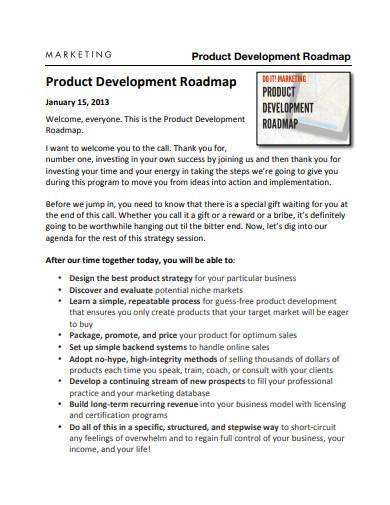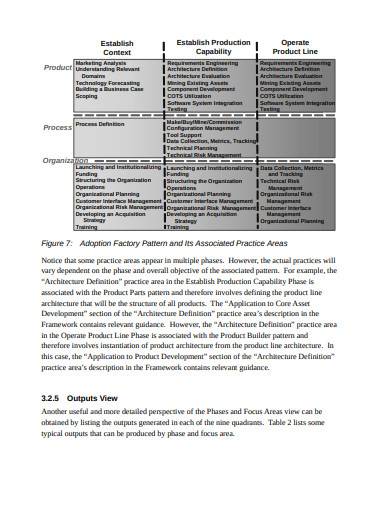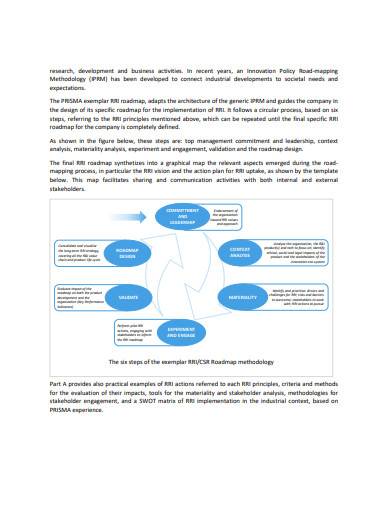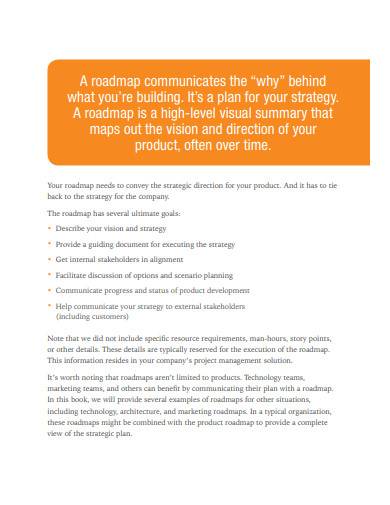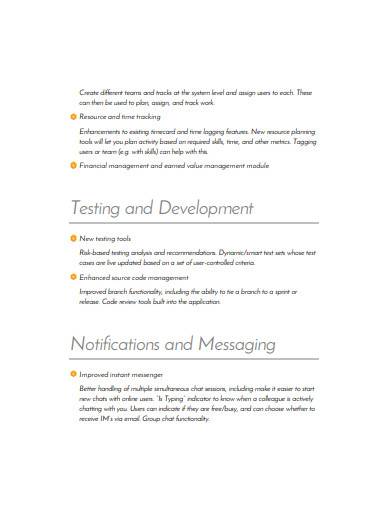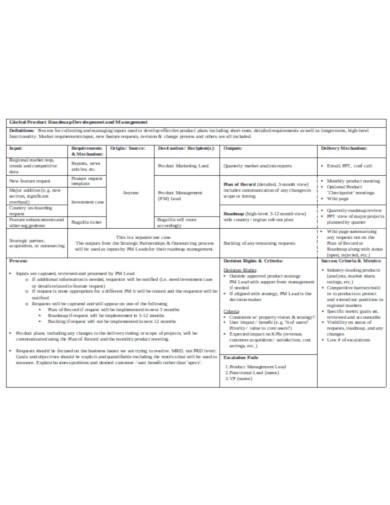Gone are the “ye olde” days of gallantry and honor through sword and shield, though their legacy lives on. Many enterprises joust in the marketing arena with their competitive edge as their primary weapon. However, like steel and iron, your edge dulls overtime. So, to continue hacking and slashing, swordsmen grind their blades on sharpening stones to bring back the sheen and power of their weapon. In the same way, you need to update your marketing strategy—i.e., your blade—continuously. What you need is a product development roadmap.
What Is a Product Development Roadmap?
A product roadmap is, for all intents and purposes, a strategy plan built around the improvement of your source of income: your goods and service. It’s meant to provide relevant information, help foresee possible hurdles and aid in overcoming them, and helps track product development progress. But what exactly is progress?
Progress is defined by two concepts: effort and documentation. What good is all the research analysis and energy you pour into product development if you don’t record your data and store it for future reference? And what good is it to have progress-tracking resources if your work is lackluster? For your roadmap to be useful, it needs to track the development you made, the upgrades currently planned for, and future innovations for your source of revenue. Though meticulous in nature and deceptively simple in guise, when done right, a product development roadmap becomes the one document you use as a reference for upgrades and problem-solving.
The Perfect Weapon
The sword, an iconic weapon known throughout the world, comes in various shapes, blades, and forms. In the hands of a rookie, a simple aim-and-swing would suffice. However, within a master’s grasp, the sword provides both offense and defense through precise stabs, graceful strokes, and unexpected parries. One of the things that all swordsmen and even entrepreneurs should possess is the ability to wield their weapon effectively.
In today’s modern times, business people need to understand the fundamentals of their chosen weapon: strategic business planning through the use of product development roadmaps. Though the pen is mightier than the sword, the paper is the better analogy when compared to it since this document bears striking resemblances to the weapon in question. With its versatility, competitive edge, and the risk management it provides, mastering the use of this document will lead you to entrepreneurial success.
7+ Product Development Roadmap Samples in PDF | MS Word (.DOC)
1. Marketing Product Development Roadmap Sample
2. Software Product Development Roadmap Template
3. Product Development Roadmap Sample
4. Product Development Roadmap in PDF
5. New Product Development Roadmap Sample
6. Product Development Roadmap Template
7. New Product Development Roadmap Example
8. Product Development Roadmap in DOC
How to Create a Product Development Roadmap
Creating a product development roadmap is like trying to smile sincerely at a person you dislike; it may seem easy, but actually pretty difficult to pull off. This is because an effective product development roadmap has a versatile layout. Various possibilities and particulars come with drafting a product development roadmap like data analysis, project management, and marketing prowess. As such, here are a few tips and tricks to help you create a draft for this challenging text.
1. Set Priorities
Before the beginning of operations, it’s best to first set your priorities straight. It’s easy to stumble into the pitfull of trying to get too many things done in such a short span of time. Identify what tasks need your immediate attention, what can be dealt with at another time, and from there schedule out your development plan.
2. Track Product Development Progress
Keep a record of all progress and events that occured during the project dating back to the very beginning. Doing this provides you with a collection of information and references in the future should hurdles restrict development. One of the best tools you can utilize for this task is a Gantt chart as this document gives you the format you need for your purpose.
3. Keep Plans and Projects in Sync
A chronological order of doing things is integral to the success of any product development plan. Many projects have failed due to disorganized foundations and incorrect sequencing. Keep your plans and project in-sync for more covenient tracking and to reduce the risk of failure.
4. Enforce Clarity in Transactions
Financial expenditure and document reliability aside, transparency is a top priority in running a business. It’s never effective to hide defects and unexpected errors from your co-workers for the sake of not insulting anyone since it’s the project’s future that is at stake. As such, it’s best to enforce transparency and clarity in all transactions and progress.
The worst thing you can do to your product development roadmap is to set impractical expectations and assume that it’s a “perfect product.” With fierce competition and the ever-changing needs of the market, stagnant goods and services never last long. Thus, it’s in your best interest to always aim for progress and improvement. After all, at the end of the day, the products that produce high revenue are the ones that continuously work to meet their consumer’s demands.
Related Posts
11+ Software Quotation Samples
20+ Sample Product Proposal Templates
FREE 12+ Marketing Strategies Checklist Samples
Preliminary Acceptance of Product for Resale
8+ Cover Letter for Sales Associates
9+ Sample Business Development Manager Job Description
FREE 9+ Branding Plan Templates
13+ Sample Marketing Consulting Agreements
5+ Sample Software Quote
6+ Branding Quotation
9+ Sample Product Evaluation Forms
Sample Fault Tree Template
Sample Market Analysis Template
39+ Free Fact Sheets
Sample Business Agency Agreement

